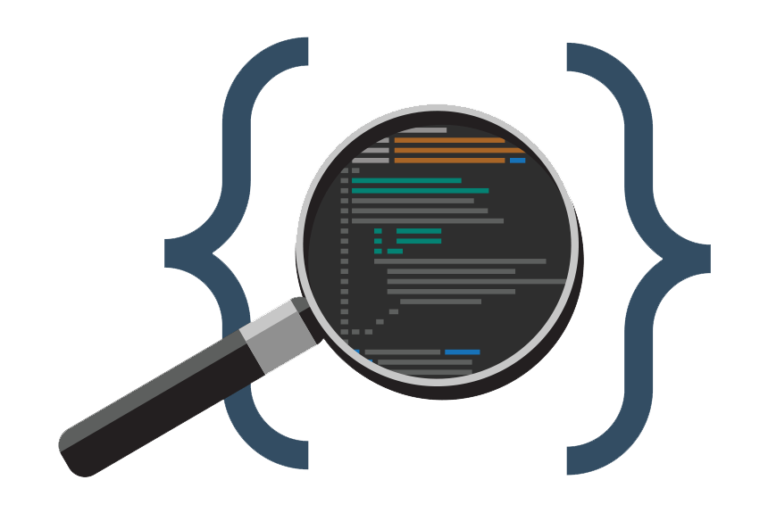
How to Improve Your Troubleshooting and Debugging Techniques
How to Improve Your Troubleshooting and Debugging Techniques: It is essential for those in software development, IT support, or even just normal computer users to be proficient in debugging and troubleshooting. It can save you countless hours of aggravation to be able to identify and resolve issues when they inevitably arise. In this blog post, we’ll examine some techniques and strategies that can help you become a better problem solver.
Debugging and troubleshooting begin with gaining a thorough grasp of the problem. Get as much information as you can on the issue:
Which signs and symptoms are there?
When and how did it start?
Has there been a recent change in software updates or setups?
Does the problem happen often or seldom?


Once you have a clear grip on the issue, try to isolate it. Ascertain whether a certain device, component, or piece of software is the cause of the problem. Removing or changing each variable one at a time is necessary to identify the fundamental cause.
Remove and replace any hardware components.
Switch software plugins and extensions on and off.
Try the issue with different gadgets or environments.
Debugging and logging tools are your best allies when it comes to fixing software-related problems. Most frameworks and programming languages have built-in logging and debugging features. Utilize these tools for:
Keep an eye on the program’s flow and the variable values.
Save error messages and exceptions.
Create breakpoints as you step through the code.

You can track down the cause of a problem by using the useful cues that error messages offer. You should never disregard error messages that show up in the logs, on your screen, or in the terminal. Check online to find out the meaning of the error message if you’re unsure.
If this is a software development problem, check your code and setups carefully. Look for logical errors, grammatical issues, and configuration errors. Occasionally, a typo or a semicolon that is absent could cause major issues.


Don’t hesitate to consult the online resources and instructions. Stack Overflow, forums, community support groups, official documentation, and official documentation can all provide helpful solutions and perceptive analyses for common issues.
Testing different setups and scenarios can assist in pinpointing the problem. To test how changing the inputs, settings, or parameters affects the issue, try tweaking them. Test environments under control can reveal unexpected reasons.


It is appropriate to seek help when you are stuck. Consult discussion boards, online forums, and coworkers for assistance. Include any relevant information about the problem, the steps you’ve taken, and any error messages you’ve encountered.
Maintain an extensive log detailing all of your operations, modifications, and test results. This record can be quite useful for tracking progress and sharing information with others.


Spend some time implementing precautionary measures following a successful problem-solving process. This could include improving documentation, automating repetitive tasks, or creating backups in order to reduce the likelihood of problems later on.
Debugging and troubleshooting are critical skills in the technology sector. Acquiring the ability to recognize and resolve issues quickly can help IT professionals, software developers, and everyday computer users all save time, money, and frustration. You can become an expert problem solver and increase the effectiveness and flow of your tech-related tasks by utilizing the strategies and techniques covered in this blog post. You’ll be prepared to tackle any problem that comes your way if you always remember that practice makes perfect. Continue honing your troubleshooting and debugging techniques.

